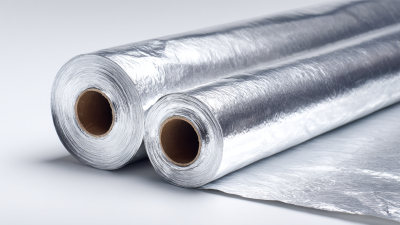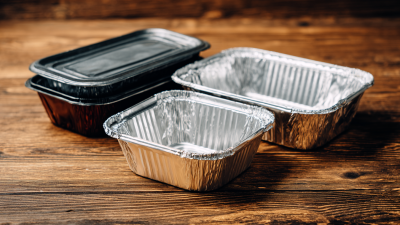What is the Role of Aluminium Packaging in Modern Sustainability?
Aluminium packaging plays a pivotal role in modern sustainability efforts, particularly as industries seek to reduce their environmental impact while meeting consumer demands for eco-friendly solutions. According to the European Aluminium Association, nearly 75% of aluminium ever produced is still in use today, showcasing aluminium’s remarkable recyclability and longevity. Furthermore, a study by the Aluminium Stewardship Initiative highlights that aluminium packaging can reduce carbon emissions by up to 70% when recycled properly. As global initiatives push towards a circular economy, aluminium packaging emerges as a key player, contributing to waste reduction and resource conservation. The growing trend of consumers favoring sustainable packaging options further underscores the importance of aluminium in contemporary product design and waste management strategies. This article will explore how aluminium packaging not only meets these challenges but also reinforces brand loyalty and enhances product integrity in an increasingly eco-conscious marketplace.
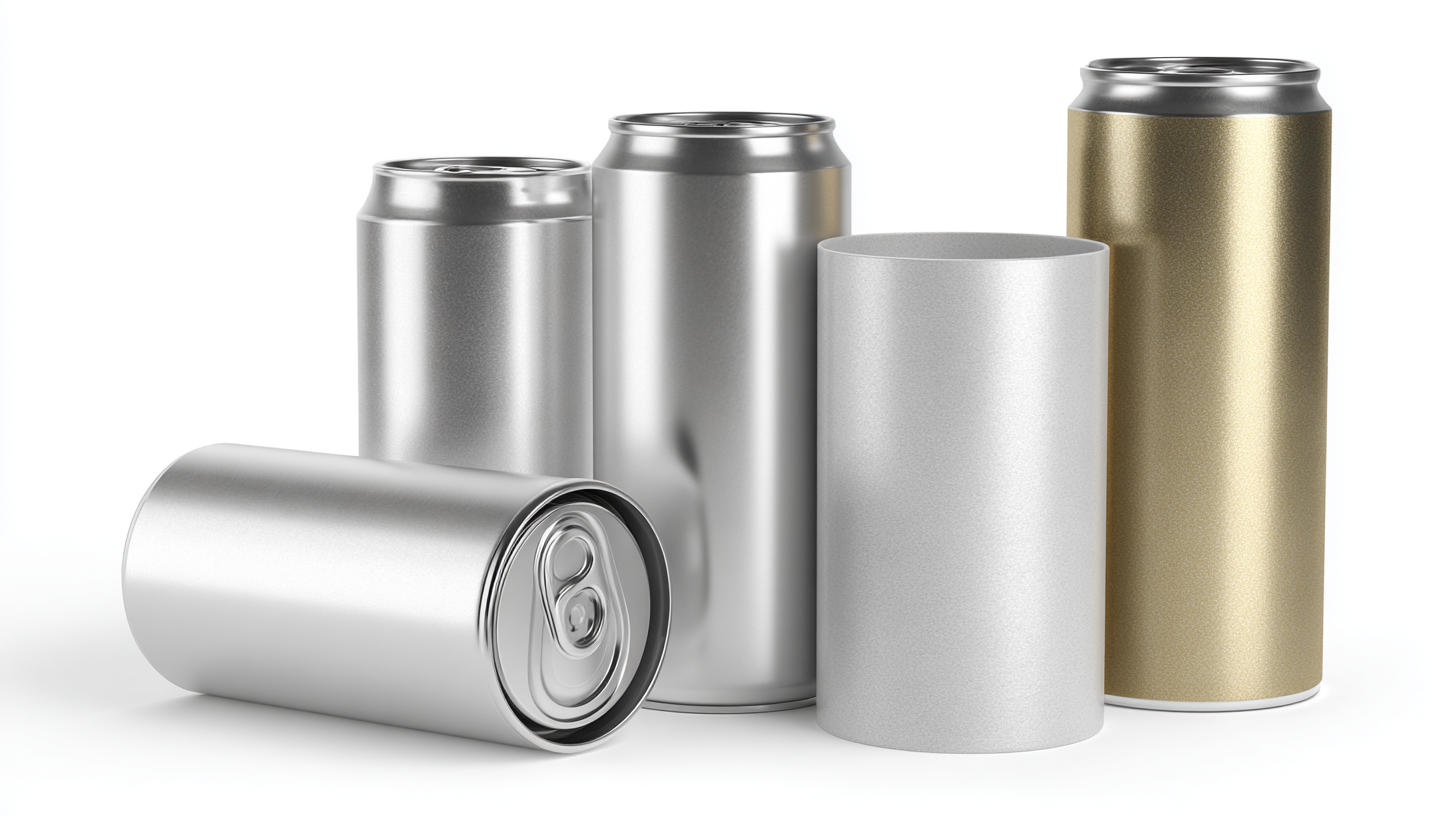
The Environmental Benefits of Aluminium Packaging in Reducing Waste
Aluminium packaging plays a significant role in modern sustainability efforts, particularly in reducing waste. One of the most compelling environmental benefits of aluminium is its recyclability. Unlike many other materials, aluminium can be recycled indefinitely without losing its quality, which means that products can be repurposed over and over again. This reduces the demand for new raw materials and minimizes the energy required for production, thus lowering carbon emissions associated with manufacturing processes.
Additionally, aluminium packaging is lightweight, which contributes to lower transportation emissions. When products are packaged in lightweight materials, the energy and costs associated with shipping are reduced. This not only benefits companies by lowering logistics costs but also has a positive impact on the environment by decreasing greenhouse gas emissions from transportation.
**Tips:** When choosing aluminium packaging, look for suppliers who prioritize sustainability and use recycled materials. Also, encourage your consumers to recycle used aluminium packaging by providing clear instructions. Engaging with your audience about the recyclability of the materials you use can foster a culture of sustainability and responsibility.
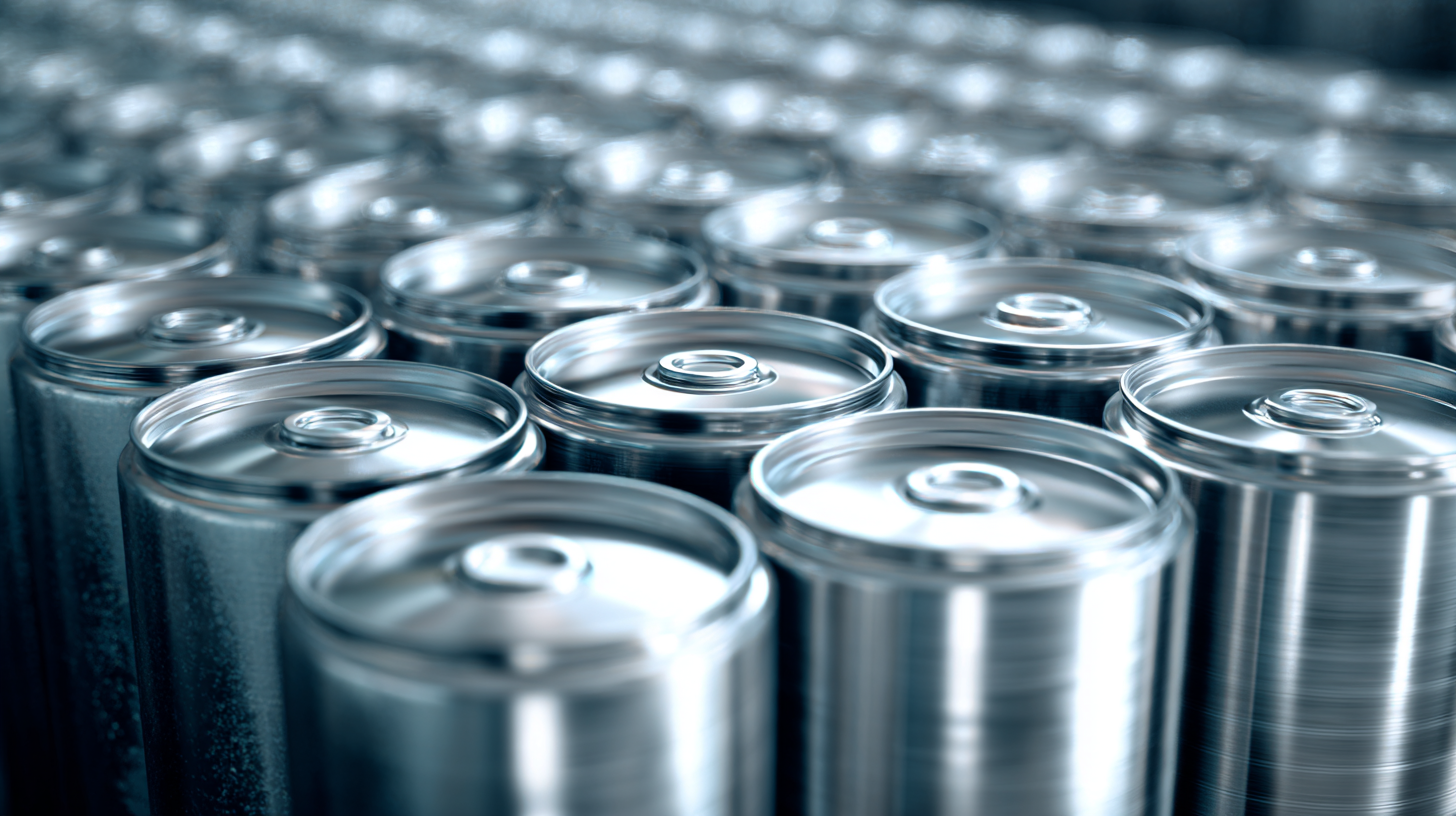
How Aluminium Packaging Enhances Product Preservation and Longevity
Aluminium packaging plays a pivotal role in enhancing product preservation and longevity, making it an indispensable element in modern sustainability efforts. Its inherent properties provide an effective barrier against environmental factors such as moisture, light, and oxygen, which can compromise the quality and safety of products. For example, food packaged in aluminium retains its freshness for a longer duration compared to other materials, reducing food waste and promoting responsible consumption. This ability to extend shelf life not only benefits consumers but also supports manufacturers in minimizing losses during distribution and storage.
Moreover, aluminium’s lightweight nature and durability contribute significantly to sustainable practices within supply chains. By reducing the weight of packaging, transportation energy consumption is lowered, leading to a decrease in overall carbon emissions. Additionally, aluminium is 100% recyclable without losing its quality, making it a circular material that aligns perfectly with sustainability goals. Through these attributes, aluminium packaging not only showcases its effectiveness in preserving products but also reinforces a commitment to environmentally friendly practices.
The Role of Aluminium Recycling in a Circular Economy
Aluminium packaging plays a critical role in modern sustainability, particularly through its integration into a circular economy. The recycling of aluminium not only conserves natural resources but also significantly reduces energy consumption compared to producing new aluminium. In fact, recycling aluminium uses about 95% less energy, making it an eco-friendly choice. When aluminium is collected and recycled, it can be transformed back into high-quality material without degrading its properties, ensuring that it remains a valuable resource for production.
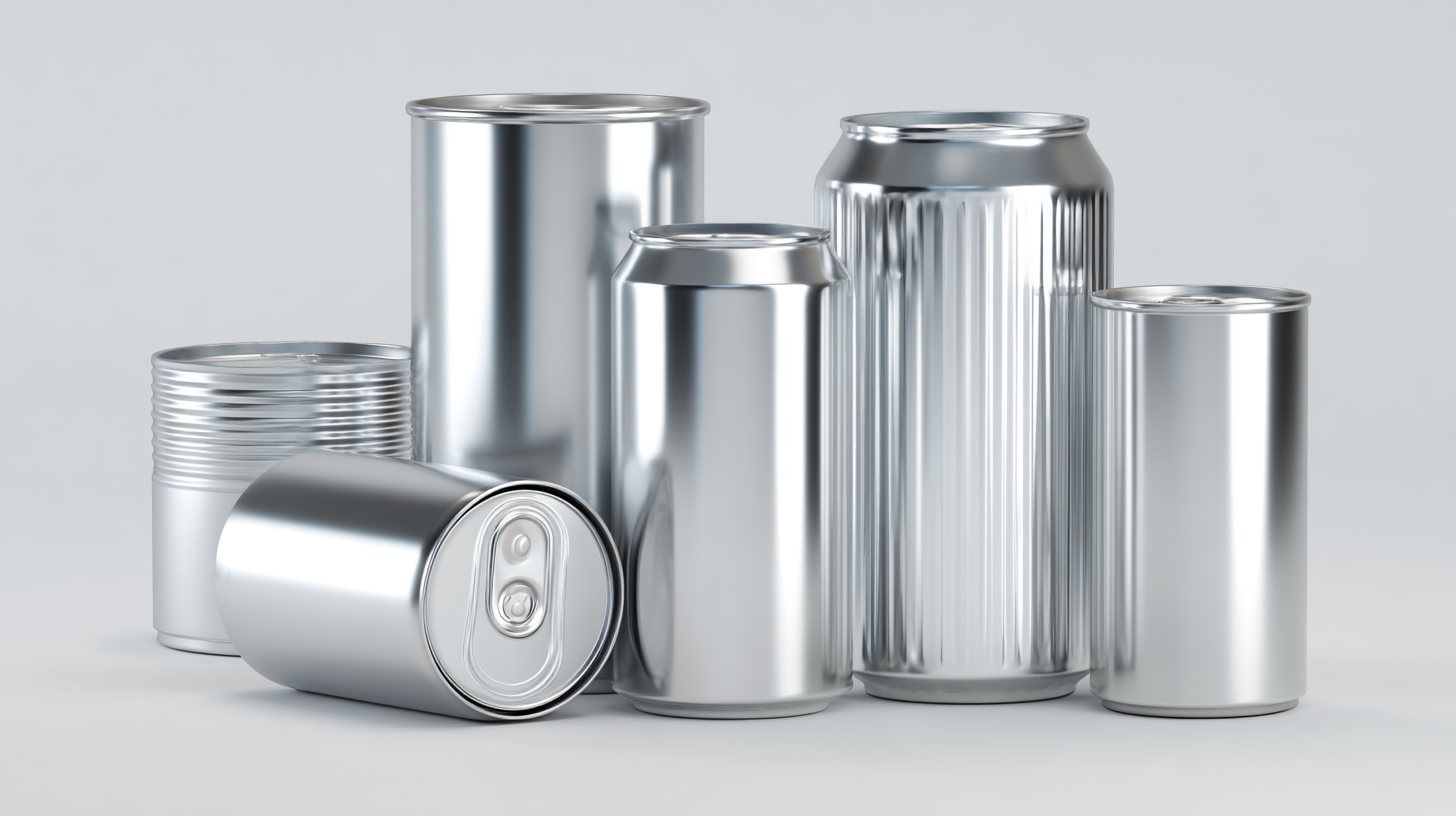
Tips: To maximize the effectiveness of aluminium recycling, consumers should ensure that their packaging is clean and free from contaminants. This simple step can enhance the quality of recycled materials and contribute to a more efficient recycling process. Moreover, supporting local recycling programs helps maintain sustainable practices within communities.
In the context of a circular economy, the emphasis on aluminium recycling fosters a sustainable lifecycle. This process encourages manufacturers to adopt designs that prioritize recyclability, creating a closed-loop system that minimizes waste. By investing in aluminium packaging and its recycling, we can pave the way for a more sustainable future, reducing landfill impact and preserving the environment.
Tips: Look for aluminium products with a high percentage of recycled content when shopping. This not only supports market demand for recycled materials but also promotes the continued viability of recycling programs.
Comparative Analysis: Aluminium Packaging vs. Other Materials
Aluminium packaging has emerged as a frontrunner in the quest for sustainable materials, particularly when compared to plastics and glass. One of its key advantages is recyclability—aluminium can be recycled indefinitely without losing quality. In contrast, while glass is also recyclable, its weight and fragility make it less efficient in transportation, often leading to higher carbon emissions during shipping. Plastics, on the other hand, face significant challenges in recycling rates and are often not biodegradable, contributing to long-term environmental pollution.
Furthermore, aluminium packaging boasts a lower carbon footprint in its lifecycle compared to other materials. The production process of aluminium has significantly improved, with many manufacturers using renewable energy sources, which reduces greenhouse gas emissions. While glass requires high energy for production and is energy-intensive to recycle, plastics often come from fossil fuel sources, further exacerbating their environmental impact. Therefore, in the comparative analysis of aluminium packaging versus other materials, aluminium stands out as a sustainable option that not only meets the demands of modern packaging but also aligns with environmental goals.
Consumer Awareness and Acceptance of Sustainable Aluminium Solutions
In recent years, consumer awareness regarding sustainability has significantly influenced purchasing decisions, with aluminium packaging emerging as a preferred choice. According to a study by APEAL, 81% of consumers acknowledge the importance of sustainability in their packaging choices, indicating a growing demand for sustainable solutions. Aluminium’s recyclability plays a crucial role in this trend; it can be recycled repeatedly without losing quality, making it a circular material. In fact, the European Aluminium Association reports that recycling aluminium saves up to 95% of the energy needed to produce new aluminium from ore, which resonates with eco-conscious consumers.
Furthermore, consumer acceptance of aluminium packaging is bolstered by its ability to preserve product quality and extend shelf life, which is particularly valued in the food and beverage sector. A survey conducted by the Aluminum Can Council found that 70% of participants prefer products using sustainable packaging, highlighting a strong link between sustainability and quality perception. As brands adopt aluminium packaging solutions, they not only align with environmental goals but also cater to a consumer base that increasingly prioritizes ecological responsibility in its purchasing decisions. This shift is critical in fostering a sustainable future and reducing the environmental footprint of packaging waste.

